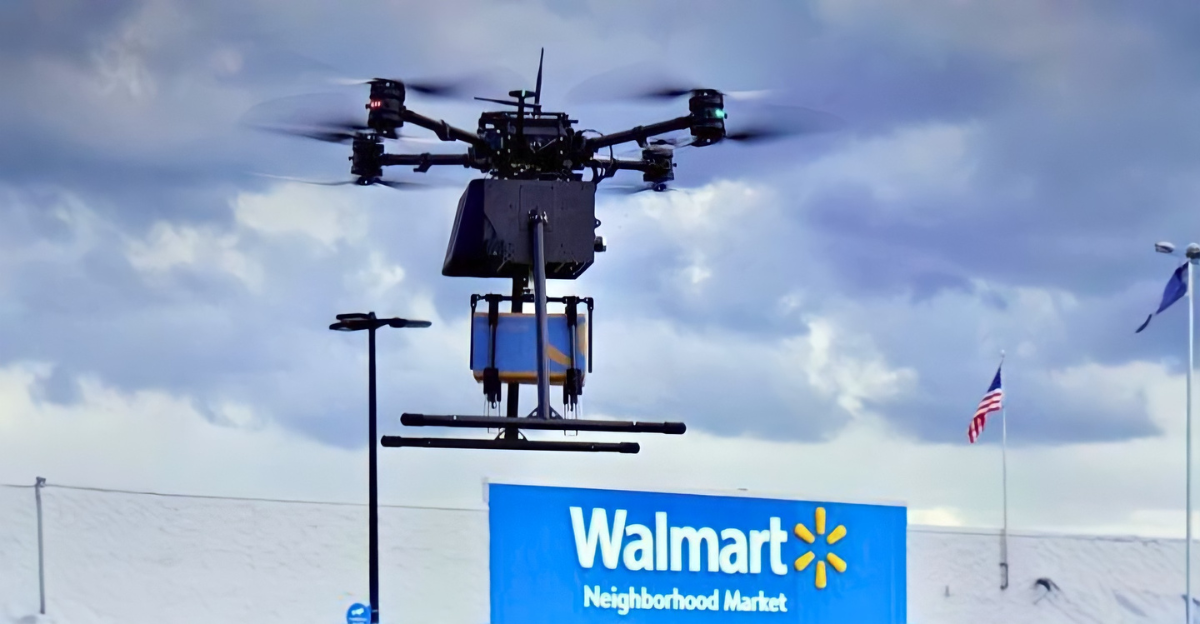
Walmart’s new deployment of drones to deliver products more efficiently and economically is not an improvement in technology; it’s a strategic move remaking the retail future.
For those who are doomsday thinkers about layoffs, Walmart’s application of drones is an intentional step to dominate last-mile delivery using its vast physical store base. This combination of stores and drones reduces delivery time for groceries and household staples to under 30 minutes.
The moral dilemma? Millions get to enjoy more speed and convenience as employees lose their jobs. This puzzle is ripe for further exploration into how drones change people’s work and how the retail industry distributes goods.
The Secret Weapon Behind Walmart’s Success
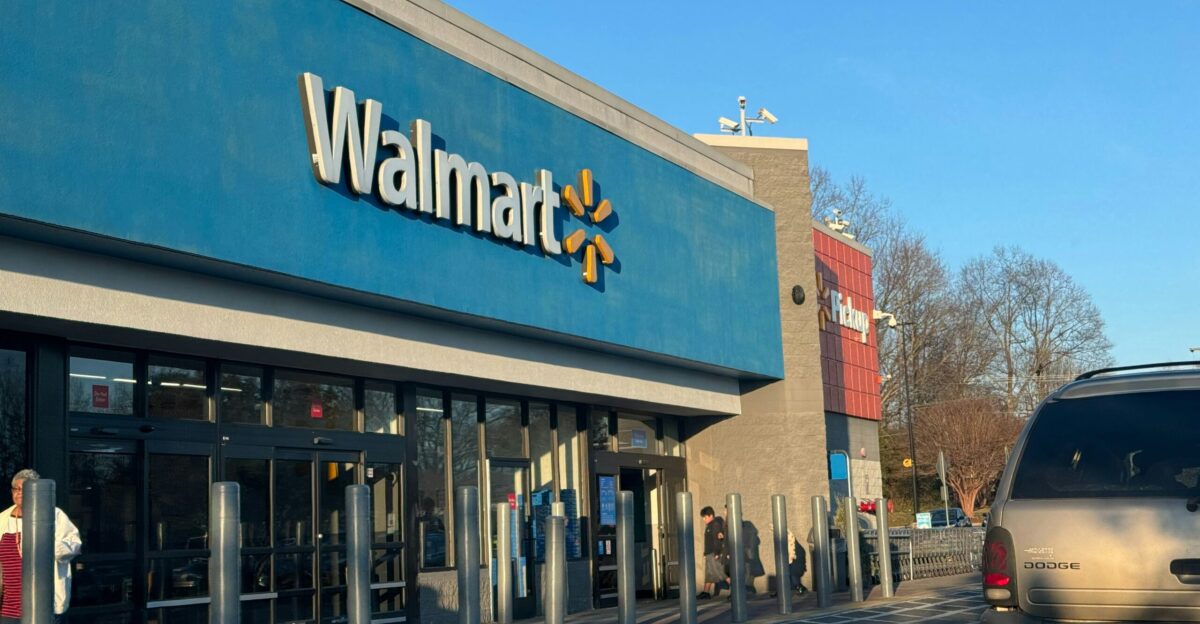
Unlike Amazon’s third-party warehousing and shipping, the Physical Store Network, Walmart’s 5,000-plus stores serve as drone launch pads. With this saturation, drones can efficiently cover a 6-mile radius, transforming stores into miniature fulfillment centers.
Within the Dallas-Fort Worth metropolitan area alone, 18 drones per store process 1,000 orders daily, which is scalability. Not only does this model accelerate delivery, but it creates a moat within Walmart’s logistics that makes speed and accessibility essentially impossible for competitors to match.
The drone network is a physical-digital hybrid transforming retail from stationary shelves to dynamic aerial delivery.
The Brutal Trade-Off Between Job Cuts and The Rise Of Drones

So Walmart’s demolition of 1,500 corporate jobs as part of a restructuring can be seen as savage and a gut-checking, practical decision. Such cuts save money and streamline decision-making, which unlocks game-changing technology like drones.
Though the optics are ugly, this reshuffling of the workforce is consistent with Walmart’s move towards automation and AI, which cuts labor costs and helps move human tasks higher up the chain.
It’s a bloody change, but one Walmart argues will preserve its market share and profitability as the retail landscape keeps changing at a breakneck pace.
Precision Vehicles By Drone For Timely Deliveries
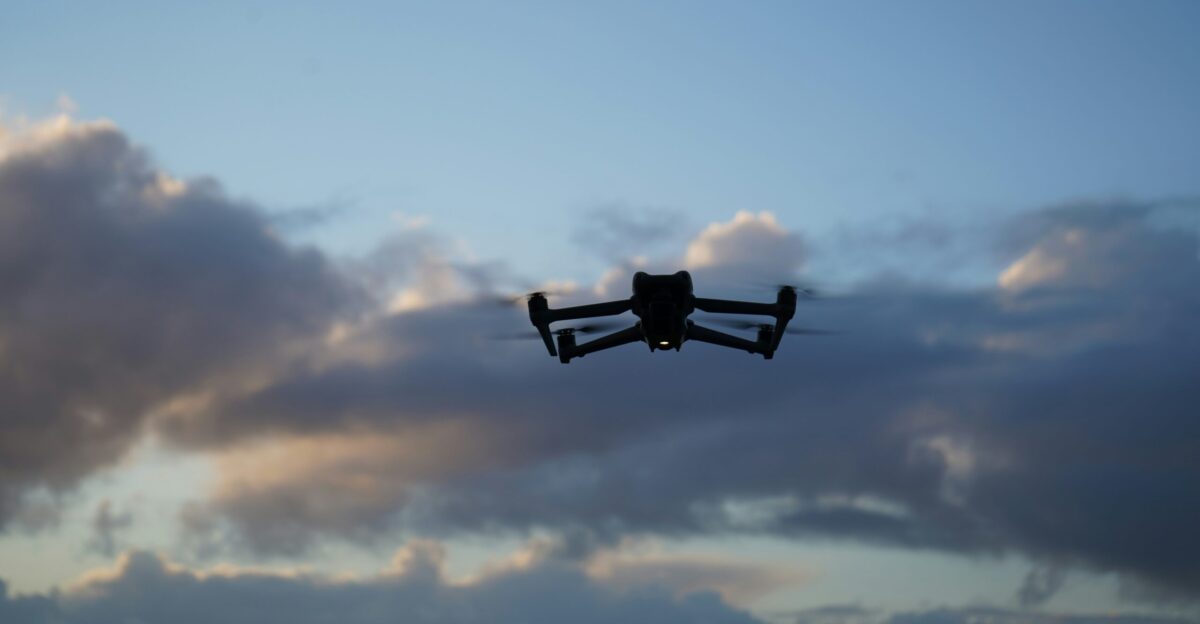
Walmart optimizes its drones for small, time-sensitive deliveries, such as baby wipes, batteries, and medicine items that customers often forget but urgently need.
That’s because existing drones weigh 2 to 2.5 pounds; the proposals for the future weigh closer to twice that amount. Walmart aims to launch its fleet quickly and conveniently, not volume shipping.
This targeted use of drones benefits customers by unlocking their potential. It shows drones as a tool for some retail operations rather than a mere trend. It’s not a substitute logistics concept; it’s additive to existing delivery, instead of a replacement.
A Look At Walmart’s Long-Term Commitment To Drone Investment
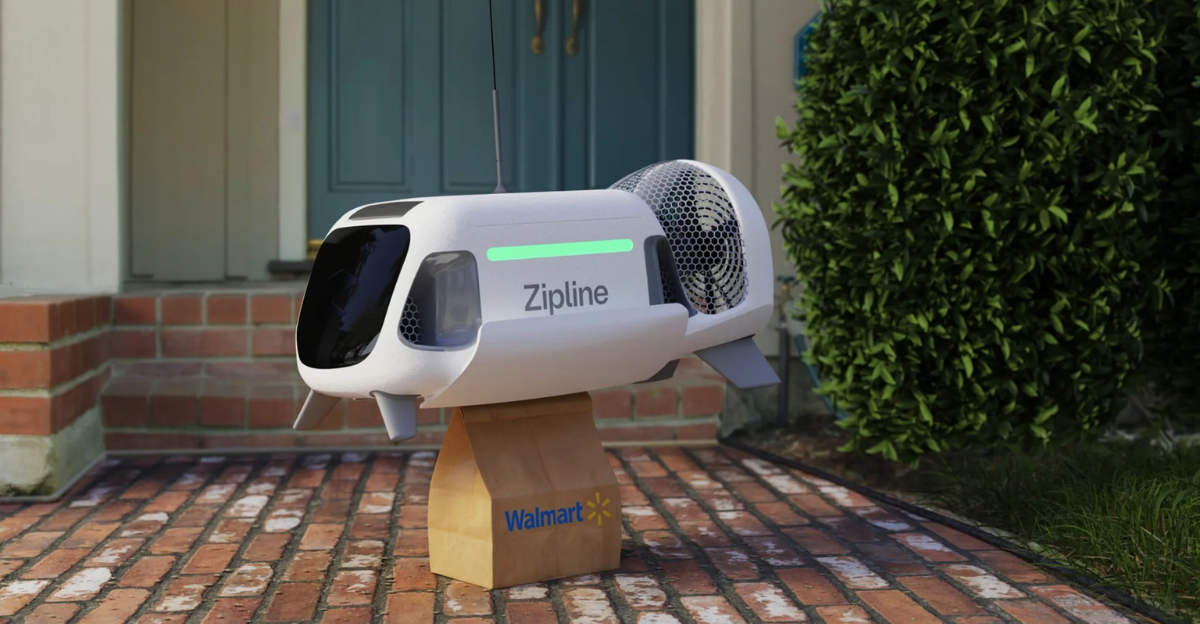
It started with Walmart’s drone initiative almost a decade ago, focusing on inventory inspections in behemoth distribution centers. Early drone technology cut inventory audits from a month to a day, substituting jobs but adding efficiency and safety.
This chronology displays Walmart’s methodical process: test, iterate, and scale. The newest delivery drones are the next generation, built after years of internal R&D and consultation with the FAA and NASA.
Long game demonstrates Walmart’s commitment to driving drones deeper into its business, not simply following trends.
Drones Don’t Only Take Jobs, They Create New Opportunities
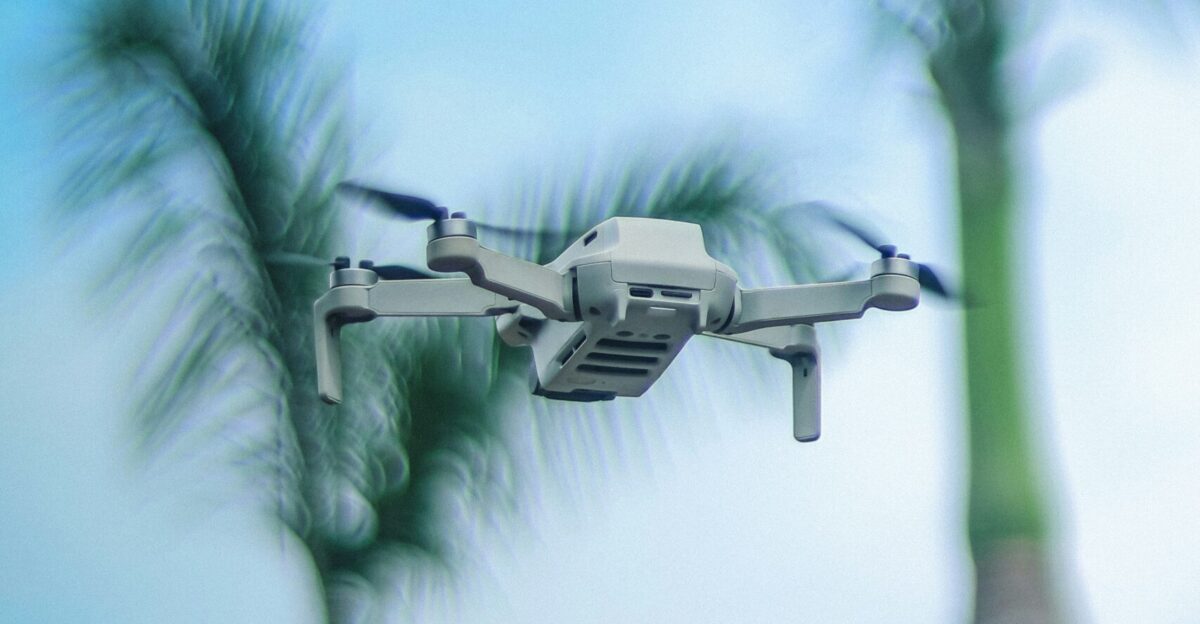
They Make Jobs, Too. While some work displaced by drones may be replaced, Walmart’s transformation also creates new work in growth fields like AI, media, and ad agencies.
Walmart’s AI personal shopper and agentic AI technologies free workers from routine labor, applying efforts to innovation and customer service. This transformation of work defies the straightforward notion that drones kill work; instead, they signal a move to higher-skilled, technology-reliant work. The question is whether workers can adjust quickly to this new world.
Psychological Impact On Workers and Shoppers
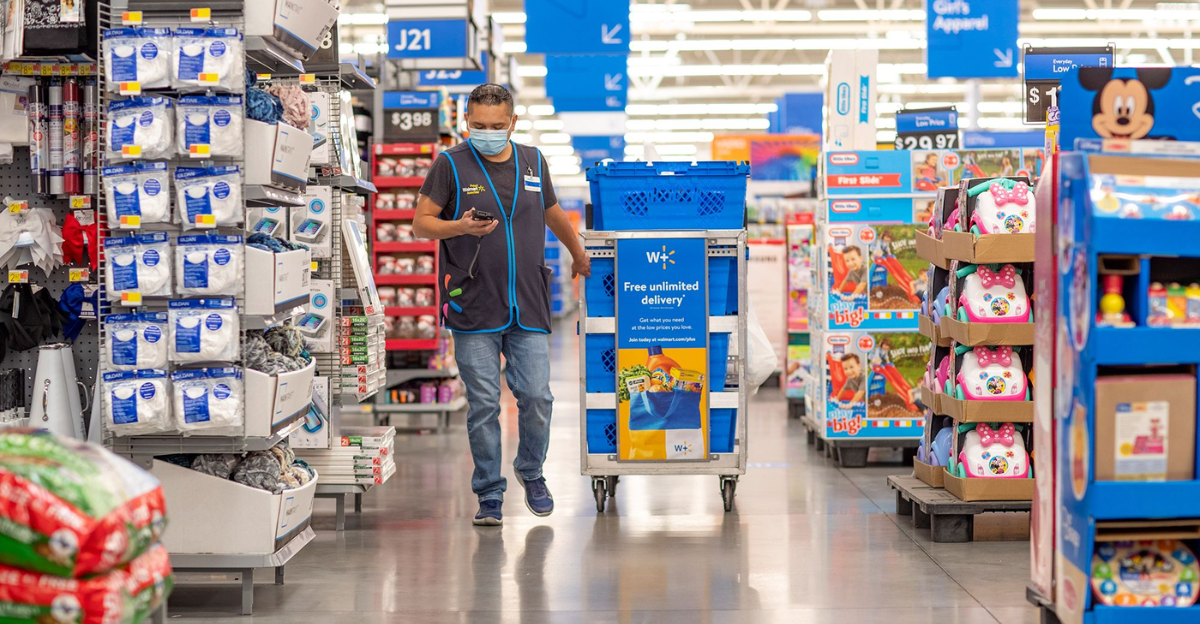
The layoffs and release of drones introduce a cognitive dissonance: dribbling, dismayed staff, and a more convenient customer than ever.
The tension might be angst-inducing in staff but loyalty-motivating in customers who value speed. Walmart’s issue is navigating this psychological dissonance, supporting out-of-work employees while marketing drones as customer-centric innovation.
The company must discuss AI augmentation and job shifts with workers to maintain trust with internal and external stakeholders.
How Supply Chain Decisions Affect the Environment
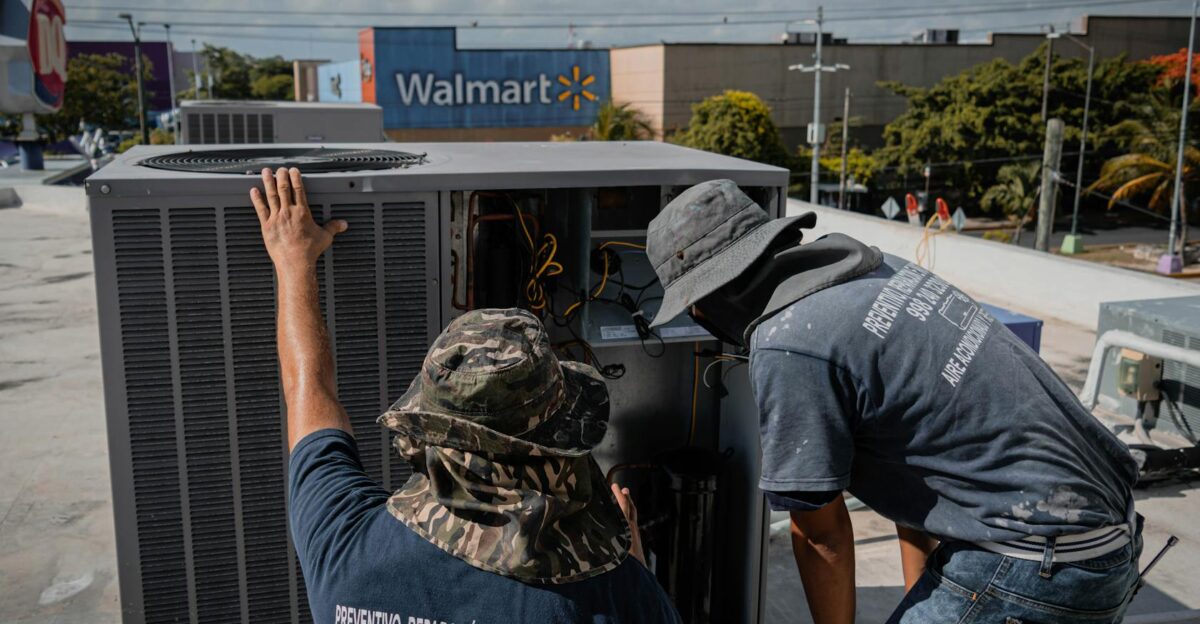
They also remove cars from the roads, which reduces delivery time and could be better for the environment due to reduced CO2 emissions. The change could force suppliers to adopt faster inventory cycles and lot shipments.
However, more drone traffic also raises questions about who controls that airspace, noise pollution, and security concerns for Walmart to navigate carefully.
The environmental trade-offs and red tape complexities indicate that drones are not only a technology headline but a finer-grained socio-technical transition with spill-over effects across retail.
The Battle Between Amazon and Walmart In The Drone Revolution
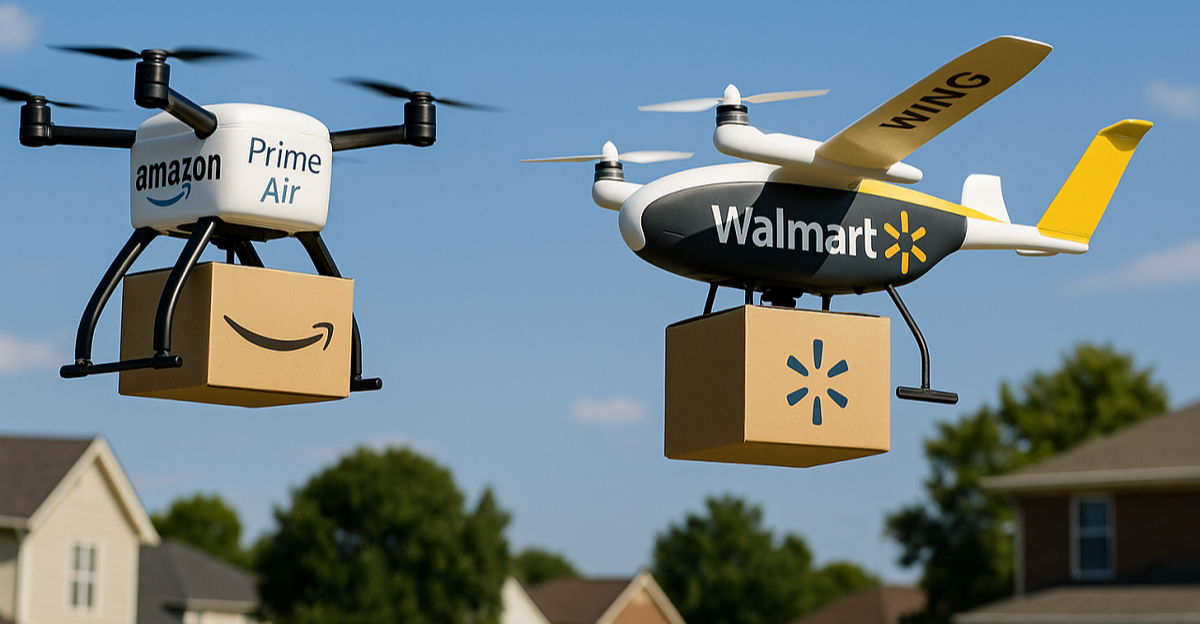
Amazon is embedding a service called Prime Air in the neighborhood, and its implications for noise and safety have drawn criticism and slowed deployment. The drone dominance fight is a proxy for larger retail dominance.
Walmart’s approach, deploying physical stores as the bases for drones, eschews most of Amazon’s challenges. Two rival drone strategies are being compared here: Amazon’s warehouse-based model and Walmart’s store-based network.
Walmart’s model may be more scalable and customer-focused, redefining competitive dynamics in retail logistics. The drone dominance fight is a proxy for larger retail dominance.
The Future Of Retail Is Airborne and Unmanned
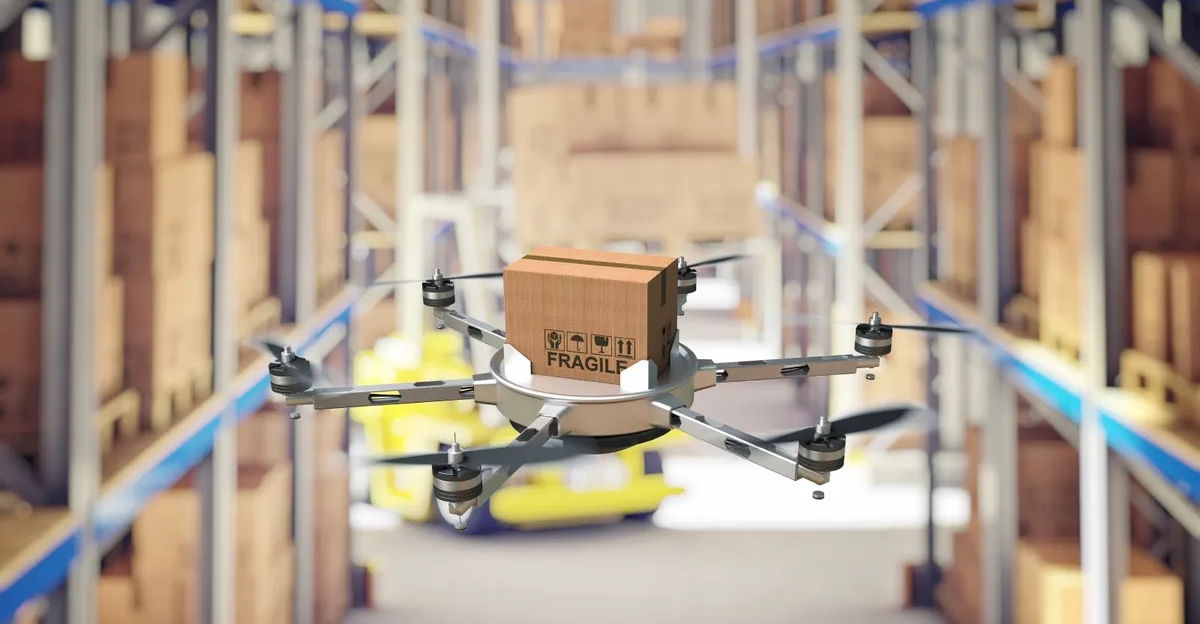
Walmart’s armadas of drones and staff cuts are two halves of the same double-sided coin: scale-driven efficiency through automation. This transformation will continue accelerating retail’s departure from labor-intensive and tech-savvy business models and competencies.
Employees perceive disruption and opportunity, while consumers enjoy speed and convenience. Resolving these conflicts and overcoming legal, environmental, and psychological obstacles are essential to Walmart’s success. Delivering smarter, faster, and more sustainable value is the retail industry’s telos, and the drone revolution is not a thing of the future.
Discover more DIY hacks and style inspo- Follow us to keep the glow-up coming to your feed!

Love content like this? Tap Follow at the top of the page to stay in the loop with the latest beauty trends, DIY tips, and style inspo. Don’t forget to share your thoughts in the comments — we love hearing from you!